Table of Contents
Professional masters use special shades from a palette of correctors, amplifiers, or mixtones to correct color when dyeing hair.
Suppose you have ever seen the color palette of professional hair dyes. In that case, you must have paid attention to the presence of very bright shades that are not inherent in hair color, for example, emerald, purple, yellow, or crimson colors. All these shades are not intended for pure hair dyeing but are used in a small amount as additional paint to the main shade. These unusual colors are added to your dye, usually to neutralize unwanted pigment from your hair or enhance the dye’s brightness. Such unusual shades in the palette of paints are called mixtones, correctors, or color enhancers. Professional colorists can create unique shades of hair using color correctors; they need to know the combination and neutralization scheme along with the color wheel. You need to take a corrector located in a circle next to the desired hair color and neutralize it, located opposite the color you need to get rid of to enhance the color.

What colors are used for color hair correction?
- Blue corrector neutralizes orange pigment.
- Violet corrector neutralizes yellow pigment, enhances violet tints.
- Red corrector neutralizes green pigment, enhances red shades.
- Orange corrector enhances copper tones, creating a warmer color.
- Yellow corrector neutralizes violet pigment, creating a warmer color for copper and reds;
- Green corrector neutralizes red pigment, creating a colder shade.
- Ash corrector does not strongly neutralize yellow and orange pigments, creating a more matte ash blonde.
- Colorless corrector - additional lightening (if it is ammoniacal) or dilution of the color saturation of the main dye.
If there was an unsuccessful hair coloring, then to correct the situation, it is necessary to take the color placed in the color wheel opposite the color that requires neutralization. When combined, you get a neutral tone.
It is essential to correctly calculate the amount of hair correction color in such a situation, which is almost impossible without professionals’ help.
It was easier to correct the unsuccessful staining; special tables were created according to the rules for working with mixtones.

Saturation of the hair shade
If hair color correction is performed to give the curls more saturation, you need to consider that the amount of mixton in the dye should not be more than one-fourth.
In this situation, it is not necessary to carry out such complex calculations as after unsuccessful staining.
If hair color correction is required to dilute their brightness slightly, then you should use colorless mixtons; they are of the following types:
- Ammonia-containing hair correction color. Characterized by a brightening effect, they make it possible to change the depth of tone. They can be used both independently (1 part of the dye and 1 part of the corrector are mixed, the product is kept on the curls for 30 to 40 minutes), and in combination with dyes (1 part of the corrector and 3 parts of the dye are taken).
- Ammonia-free hair correction color. They reduce the saturation of the undertones, resulting from which, after dyeing, you can become the owner of a pastel hair color. They are used only together with small quantities of dyes.
Popular hair correction colors
Hair color correction is performed using the following mixton colors:
- Yellow makes it possible to get rid of purple tints in the hair; it is recommended to combine it with reddish tones and become warmer.
- Orange makes copper-colored curls brighter.
- Red gives brightness to red hair, is used after unsuccessful dyeing to remove the resulting green tint.
- Violet makes purple tones more saturated; with its help, hair color correction is performed if necessary to neutralize yellow and gold shades.
- Blue provides relief from orange tints.
- Green removes redness.
- Ash makes ash tones duller and eliminates unsuccessful staining, which manifests itself in orange and copper tint.
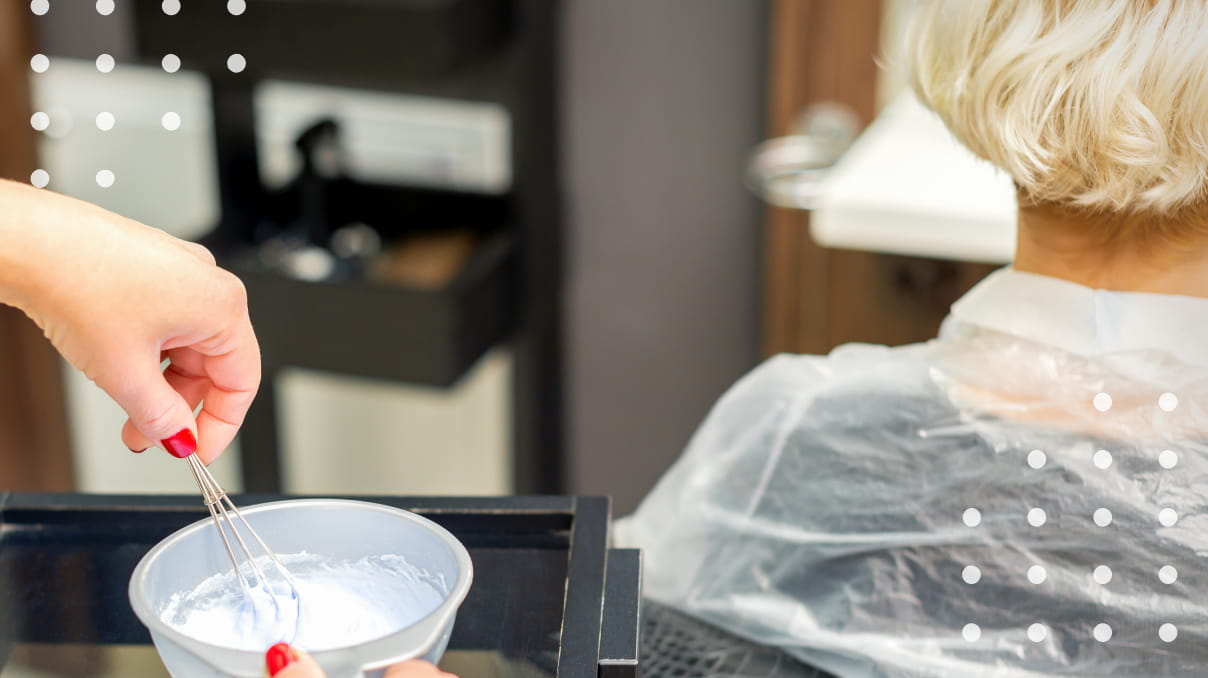
How to use hair correction color
You need to perform the following manipulations for the color correction using the mixton to be successful:
- If the manufacturer of the corrector recommends using unique products before the procedure, apply them to the hair.
- Following the instructions attached to the corrector, you need to connect all components.
- The mixture is applied to dry hair for 20 minutes; a plastic cap is put on.
- If you want to reduce the time of the procedure, you can use a hairdryer to dry your hair as soon as possible.
- After the procedure, the hair is thoroughly washed out, and a conditioner is applied to it.
If there was an unsuccessful hair coloring, then it is better not to correct the situation on your own since you can only harm your curls and complicate the task of a professional. Therefore, if you need color hair correction, contact a beauty salon.
It is quite difficult to correct the color of the hair dyed at home. But don't panic. In any case, there are ways to solve this problem. If you can contact a hair color correction specialist, do it as quickly as possible. In this case, you also have two to three days for the most "painless" solution to the problem.
If you can't go to the salon, you can go to a professional hair cosmetics store. There are serious situations when only an experienced colorist can help. And do not reject this possibility because there is nothing worse than unsuccessful hair coloring, which led to damage to the cuticles or hair loss.
Dangers of using hair color remover
Even if you feel you can do a miracle on your own, the facts are not in your favor at home unless you intend to do a wash of vegetables or unstable paint. If you've dyed or bleached your hair with long-lasting dye, it's best to seek professional help from your hair dye manufacturer or just an experienced colorist.
Professional hair dye removers should not be used unless you are well aware of all the nuances of their use. Rinses are often formulated with powerful chemicals or brighteners that, if used unskillfully, can seriously damage hair. Removers should never be used on straightened or permanently curled hair without first consulting a professional hairdresser.
How to quickly correct hair color?
The only way to correct hair color after staining with long-lasting paint is to use a color remover. Depending on the color of the dye you used to dye your hair, you can correct the permanent color with semi-permanent or non-permanent hair dye. Before you start experimenting with shades, carefully study the manufacturer's instructions or you risk getting an ugly hair color as a result.
If your dream of blond curls has turned into carrot-colored curls, only an experienced specialist can give your hair color close to what you want without harming. This also applies to red, pink, blue, and greenish shades. Sometimes chlorine-induced light green hair can be corrected with a chlorine remover shampoo. If all else fails, try treating your hair with fresh tomato juice. The red pigments in tomato juice can help remove the greenish tinge of hair.
Many are unhappy with their hair color after dyeing with henna, which not only envelops each hair with a film but also, in some cases, gives an entirely unpredictable effect. If, after staining, your head turned into a nightmare, then mineral oil will help you for color hair correction.
- Treat hair strands with 70% alcohol solution, applying it to the hair with a clean cotton pad while not touching the scalp.
- After ten minutes, apply mineral oil over 70% alcohol without touching the scalp.
- Cover your hair with a plastic bag. A shower cap will also work.
- Now you need to dry your hair under a dryer for thirty minutes. If you don't have a dryer, use a regular hairdryer.
- To rinse the mineral oil off your hair, rub some shampoo into your palms and apply it to your hair before applying water to it. Then rinse your hair in the shower. Use a good cleansing or brightening shampoo. To avoid traces of oil or henna on your hair, you will have to apply the shampoo several times.
- After rinsing the henna, apply a good conditioner to your hair to help restore the natural moisture levels in your hair.
If you are in doubt about whether to dye your hair with henna, do not. Take your time and read some useful information to help you understand if you can get the desired hair color this way.

How to color correct hair?
If you decide to dye your hair at home and wonder how to color correct hair, you need to follow a few rules. For an even color over the entire length of the curl, follow these simple rules:
- Mix the ingredients exactly as directed in the instructions that came with the paint. The chemical composition of colors from different manufacturers is different, so it is fraught with acting according to a template.
- Apply the color only to dry, unwashed hair. Wet strands do not accept the coloring pigment well; for this reason, the paint is fixed unevenly.
- Dye gray and regrown roots first, and then along the entire length of the hair. Keep the paint at the roots longer. This will give an even color along the entire length.
- Do not lengthen the staining time. Keep the dye applied to the hair for as long as indicated in the instructions. No more and no less. The dye damages the hair structure and dries out the scalp. As a result, the curls lose their natural look. It will take a lot of time and effort to restore their vitality.
If you are using paint for the first time, be sure to test it. This will help you understand if it is causing allergies. Dilute a small amount of the emulsion and apply it to the inside of the elbow. If you feel a burning sensation or notice redness within an hour, forget about this paint.
It is not at all difficult to color correct the hair itself. The main thing is to get used to evenly apply the dye mass throughout the entire volume of hair.
- Mix paint and oxidizer in a plastic or glass container. Stir with a wooden stick or paintbrush. Do not use metal utensils or spoons. When mixed, its chemical components can react with paint components, changing their properties. You will not get the expected results from dyeing and will damage your strands and scalp.
- Lubricate the face near the hair, ears, and the area behind them and the neck with a greasy cream so that the dye is not absorbed if you get dirty while painting, immediately removes the residue with a makeup remover.
- Wear gloves to keep your hands away from the chemical.
- Divide your hair into two sections if the strands are short or four sections if the strands are long. Pin them with clamps, so they don't get in the way.
- Apply paint with a brush along with the roots, starting at the back of the head.
- Spread the mass to be dyed along the entire length of the curl, dividing the selected part of the hair with a comb or fingers into smaller strands.
- Comb your hair to distribute the dye evenly.
- Do not wear a plastic cap. The curls must breathe so that the chemical ingredients do not damage their structure.
- Rinse your hair with warm water after 20-30 minutes. Rinse off the paint thoroughly.
- Apply the conditioner balm that comes with your paint or whatever. After 3-5 minutes, wash your hair with shampoo and pat dry with a towel.
Color hair correction takes experience, so try to avoid experimenting with hair coloring at home. The best option would be to contact a professional to get a positive result and not ruin your hair. But if you want to experiment, then train with hair tonics.

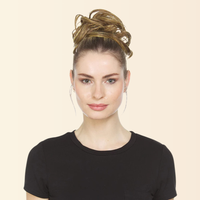
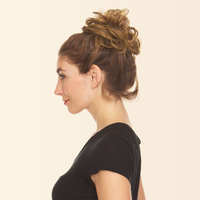
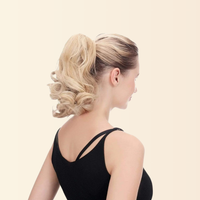
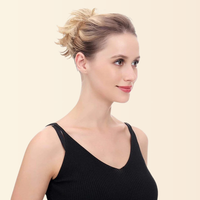

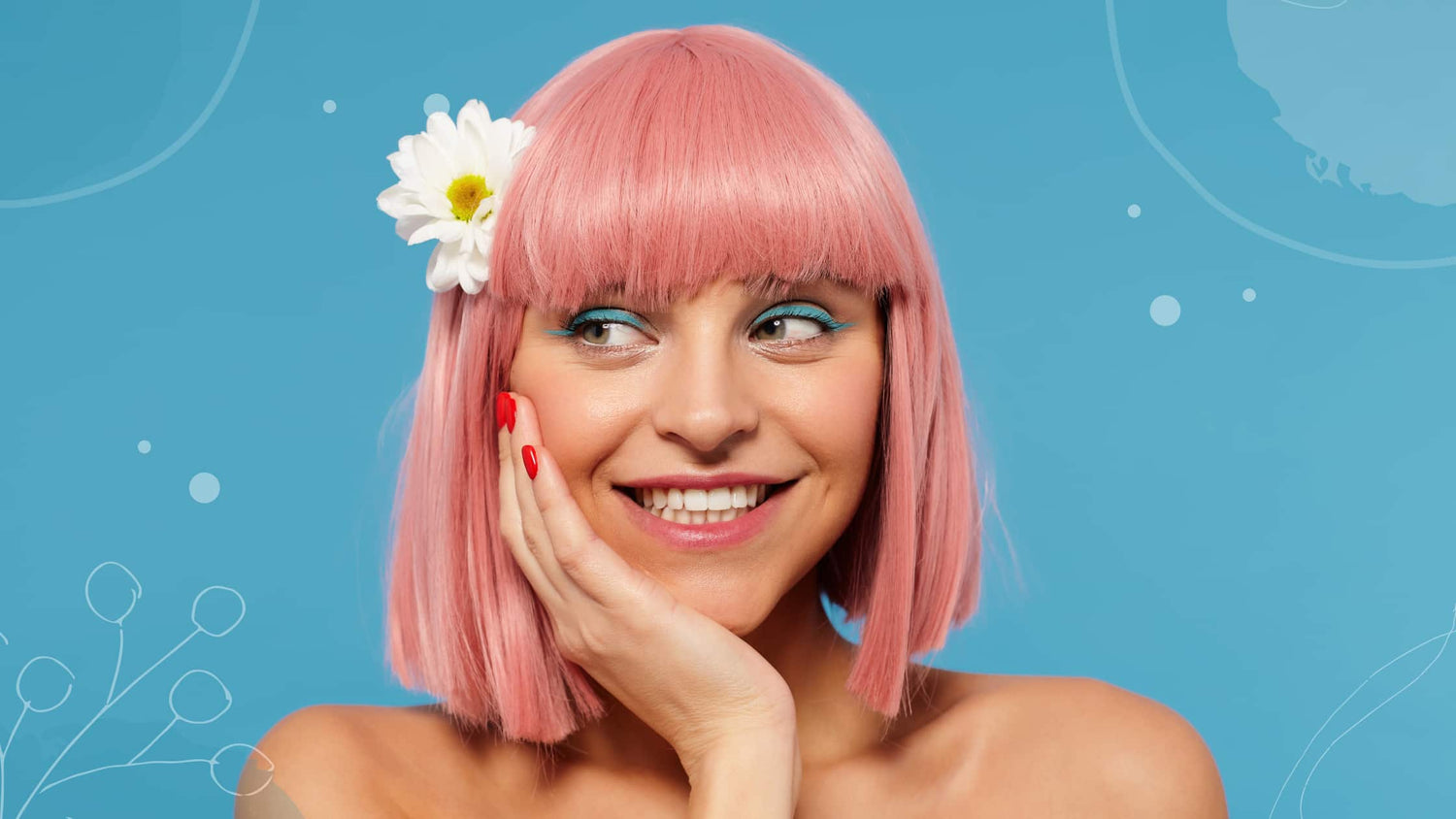

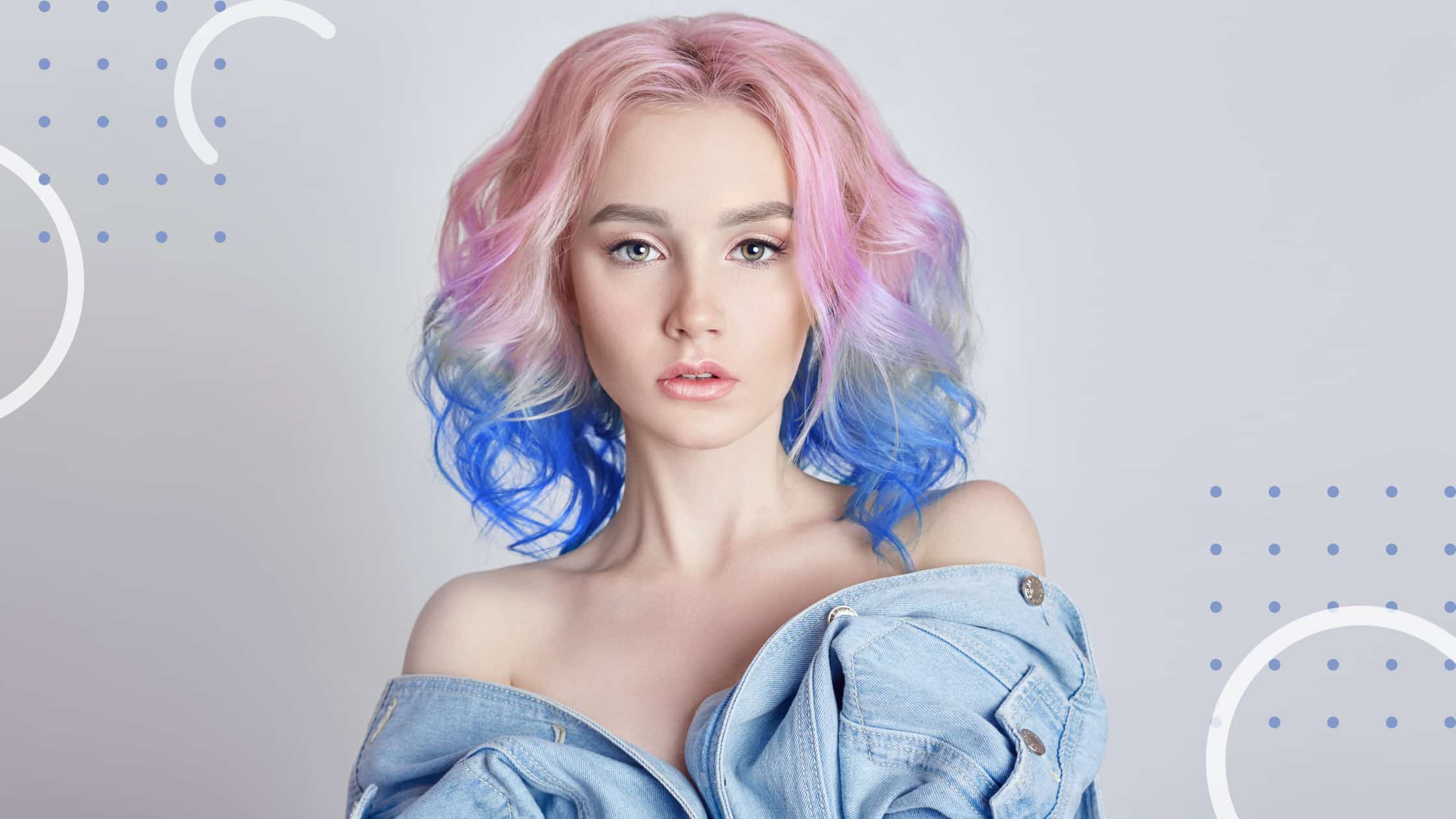
Leave a comment
This site is protected by hCaptcha and the hCaptcha Privacy Policy and Terms of Service apply.